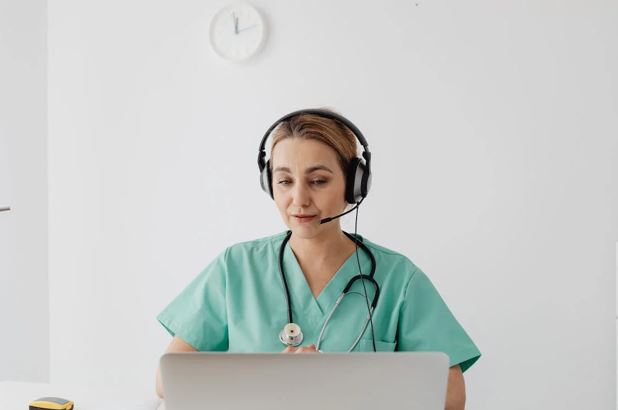How AI Videos Can Shift Public Health Messaging
AI videos have been growing in popularity over the years. Yet, how can it become part of the public health space – especially when it comes to messaging and communicating with the public as a whole? We will discuss it in length in this guide.
AI-generated videos may have their place in creating a massive impact in the public health space – especially in certain situations like health crises like pandemics. Not to mention, communication is still key no matter the channels and how the message is delivered.
Can AI video and healthcare work together?
Let’s answer this question and more starting now.
The Impact of AI in Public Health Communication
Complex information that is being delivered to a certain audience should be simplified. To the point where it’s easily engaging and understood.
As such, an AI-generated video can have the ability to be created at a fast rate of speed while being programmed to cater to specific audiences and be updated in real-time (if necessary). Quality is never sacrificed as a result.
With the help of AI, video content will be created based on several different elements. They include but are not limited to language, demographics, cultural nuances, and other aspects. The intent here is to create customized messaging that will be easy to engage for numerous cultural groups.
As such, public health messaging should be delivered in the best way possible based on the audience they are targeting.
AI-Generated Video In Crisis Situations
In a crisis, It’s important to create a message that will get people to act accordingly. AI-generated videos will thrive in such situations because it cuts out all the traditional processes like editing, voiceovers, and other elements to the production of video.
AI will not only simplify the process, but can automate the video creation entirely. This will also allow the video to be delivered in a timely manner to the target audience.
Public health agencies can provide accurate tips and strategies to affected communities dealing with a health crisis. Using AI videos, it will empower those to handle the specific health crisis in the best way possible.
It will also allow those to take the necessary actions such as identifying any symptoms that may arise and know when it is the best time to seek immediate medical attention.
Let’s say for instance there has been recent e. Coli outbreaks at McDonalds locations in your local area. Health officials can use AI videos to inform those in the affected areas about the health crisis and what to look out for if viewers had eaten at the establishment recently. This can also include information on symptoms linked to e. Coli related illnesses.
Accommodation For Disabled Viewers
Those with disabilities will need special needs in order to view or utilize the information provided by AI videos accordingly.
Health organizations know this and will use AI tools with certain features that will assist others with disabilities to ensure that the AI videos being created are accessible for all. This includes closed-captioning for those who are deaf, hard of hearing, or dealing with processing issues due to neurological disorders.
When it comes to providing critical communication, everyone regardless of disability will need to gain access to such information, especially when it pertains to their own health. So long as the messaging is to the point, easy to understand, and contains actionable information, the messaging will be impactful for all users including those with disabilities.Final Thoughts
AI videos have the ability to provide accurate and reliable messaging – especially when it comes to public health. Such technology will be able to help create and deliver videos to specific audiences in a more efficient and effective manner.
Healthcare organizations can use AI videos for informative content and in crisis situations that will help people navigate it with ease. Using the necessary AI tools, public health messaging can be effective when the videos being produced are delivered to the right audience.





